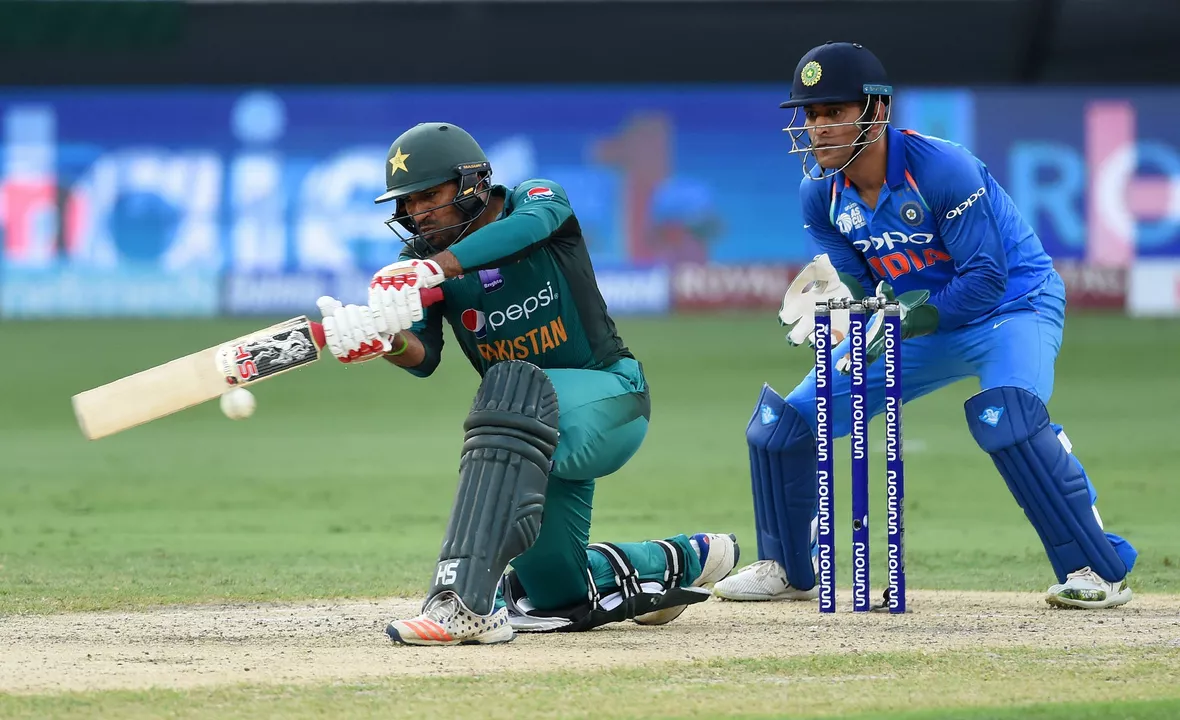Held Every 4 Years: The Power of Quadrennial Events
When we talk about held every 4 years, a schedule that repeats once every four years, creating a cycle of anticipation and preparation. Also known as quadrennial events, these occasions shape global sports, culture, and even economies. Held every 4 years isn’t just a calendar note; it’s a framework that drives massive planning, fan excitement, and media buzz.
One of the most recognizable examples is the Olympic Games, the worldwide multi‑sport festival that rotates between summer and winter editions every four years. The Olympics bring together athletes from over 200 nations, turning a single stadium into a global showcase. They also require a massive infrastructure build‑out, which often reshapes host cities for decades.
Another heavyweight is the FIFA World Cup, the premier football tournament that captures billions of viewers every four years. The World Cup’s qualification rounds involve every continent, creating a web of matches that feed into the final tournament. Hosting the event can boost a nation’s tourism and trade, while the competition itself fuels endless debates about tactics, player form, and national pride.
Cricket fans aren’t left out either. The Cricket World Cup, the apex of One‑Day International cricket, also follows a four‑year rhythm. Its format forces teams to balance aggressive batting with disciplined bowling, and the tournament’s structure—group stages leading to knockout rounds—mirrors the suspense found in other quadrennial events. The World Cup’s timing often influences domestic league schedules and player contracts, showing how a single event can ripple through the entire sport.
What ties these tournaments together? First, they all require a qualification process that filters hundreds of hopefuls down to a final lineup. Second, they depend on host nations that invest billions in stadiums, transport, and security. Third, the massive media rights deals that accompany each event turn them into lucrative business opportunities for broadcasters and sponsors. In short, held every 4 years events shape sports calendars, national policies, and fan cultures worldwide.
What You’ll Find Below
Scrolling down, you’ll discover articles that break down the economics of hosting, the behind‑the‑scenes planning of qualification, and the fan experiences that make each quadrennial event unforgettable. Whether you’re curious about the next Olympic city, the World Cup’s impact on football clubs, or how the Cricket World Cup reshapes international rankings, the collection ahead offers clear, practical insights. Dive in and see how the rhythm of a four‑year cycle keeps the world waiting, guessing, and cheering.



